
The Sony Inzone Buds, or rather, the decision to make and release them, is quite the enigma. The parent company’s gaming TWS buds were announced later but made available earlier than the PlayStation Pulse Explore, and is priced at RM899, which is quite close to the yet unreleased pair of earbuds, at least when prices are converted. One would think that the brand was trying to undercut its own subsidiary, but whether or not that’s the case is not important right now.
What is, on the other hand, is the performance of the Sony Inzone Buds themselves. And while they excel at being a pair of gaming TWS buds, using them conventionally would unfortunately see some points being docked.
What Am I Looking At?
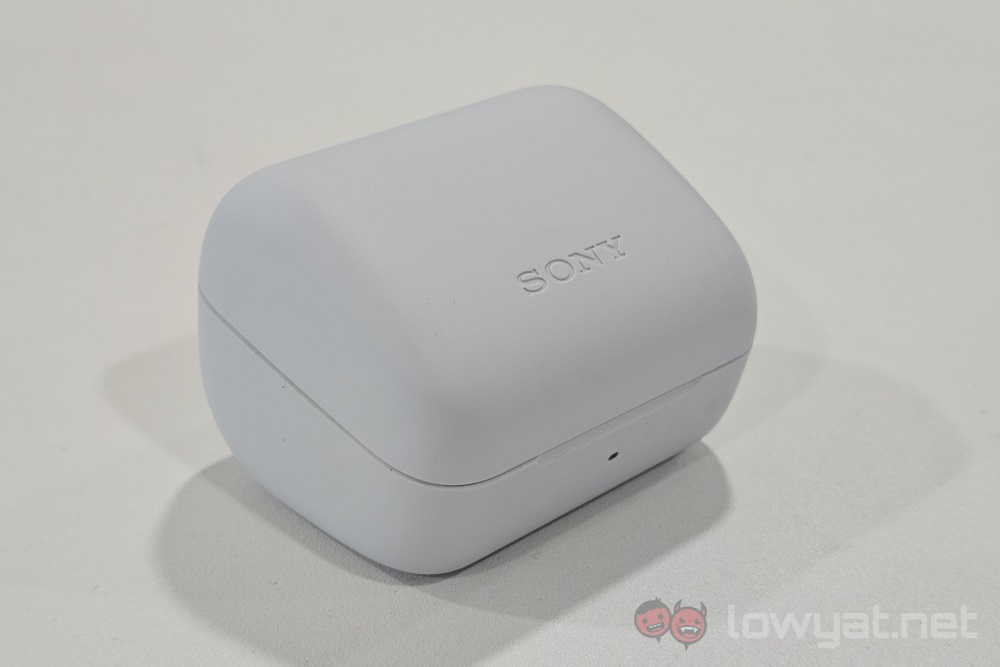
As I mentioned when it was first launched, the Sony Inzone Buds themselves look pretty conventional, complete with a reflective surface you’d expect for touch input. The charging case, on the other hand, is blocky but with rounded corners. For latter is nice, but the former means taking more space in a pocket.
Inside the case of the Sony Inzone Buds is a USB-C dongle, which is what you’ll be using when gaming. This is the thing that gives the TWS buds reduced latency, down to 30ms, to be precise. You can also use it for normal video consumption if Bluetooth just doesn’t cut it for you, but the volume ceiling is lower overall when connected this way.
What’s Good About It?
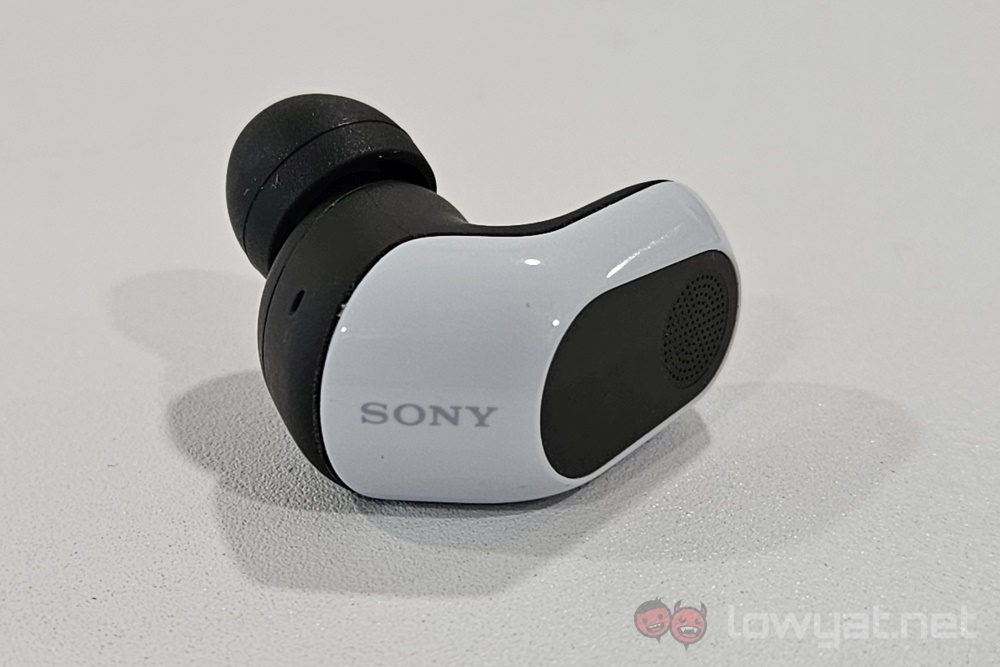
First things first, let’s talk about the Dynamic Driver X that the Sony Inzone Buds has, which is also found in the WF-1000XM5. The suggestion here is that it gives the Inzone Buds sound quality similar to the XM5 which, I am sorry to report, it does not. To be fair, that’s a pretty high bar, considering the price disparity between the two. Though not as great, it produces good sound in its own right.
To break it down, the spatial audio, and therefore sound staging, is pretty good with the Sony Inzone Buds. Though that is pretty much expected when something is being marketed as gaming earbuds. You’ll get a very balanced sound signature in general, making them very good for general music listening as well. Of course, when compared to the more premium XM5, the sounds it produces are not as full-bodied, which is more apparent when the bass kicks in. All this is up to taste, really, but it’s definitely a plus if you prefer more neutral tones.
What’s The Catch?
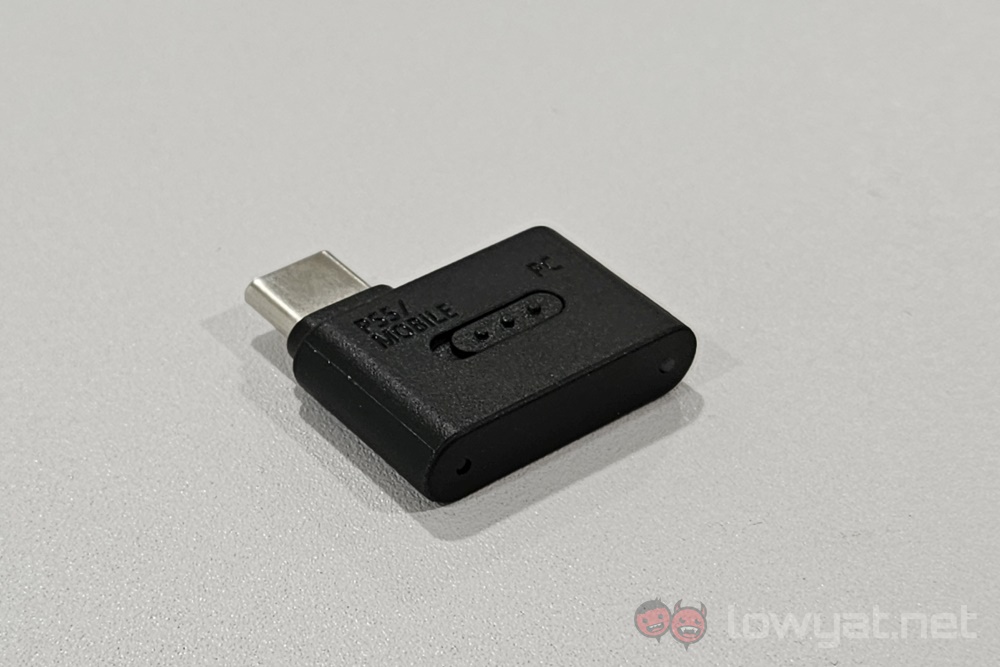
While the Sony Inzone Buds would have been an easy recommendation for those looking for a pair of TWS buds, two major issues hold it back. First on the list is that the process of changing the gesture commands must be done via the Inzone Hub PC software. This is an issue because while the left bud cycles between default, ANC and ambient modes, the right bud doesn’t do anything out of the box. To add controls to it, such as letting it handle media playback, you’ll have to do so via the Hub.
And even then, the new commands don’t work half the time. Upon a successful connection between the Sony Inzone Buds with my phone, I can get the right bud to play and pause media, as well as skip forwards or back. But as I switch between apps – say from Spotify to Chrome to Twitter and then back to Spotify – these functions will just randomly stop working, for no obvious reason.
For what it’s worth, you can sort of work around this by switching to USB Transceiver Mode and then back to Bluetooth Mode, which simulates disconnecting and reconnecting. But while it’s not that much of a problem while gaming, it becomes a rather significant problem when it’s also your music-listening tool while you’re out for a walk.
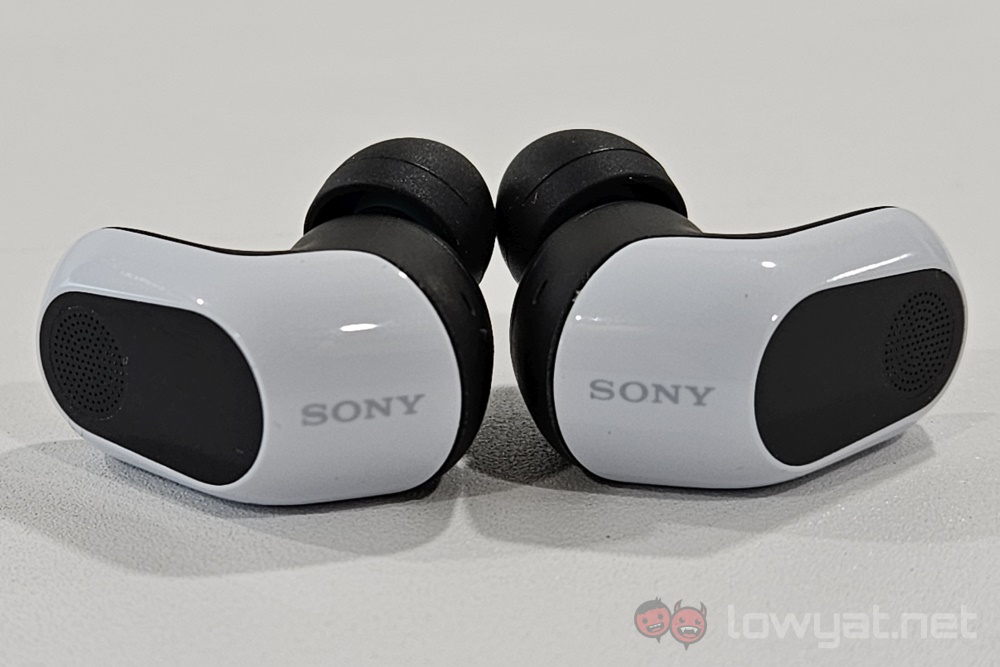
The microphone on the Sony Inzone Buds are also fine, but it does make your voice sound a tad echoey. As one friend describes their experience with it to me, “you sound like you’re in the toilet”. In the grand scheme of things, not a big deal, but probably not the best tool to use if you intend to stream your gameplay to an audience beyond your friends.
Finally, the Sony Inzone Buds connect to mobile devices via Bluetooth 5.3, but only to devices with Bluetooth LE Audio support. Again, not a major issue since there’s the dongle, but for devices that are starved for USB-C ports, it may be. The PS5 – at least the iterations before the “slim” – comes to mind, as it only comes with one in front.
Should I Buy It?
If it were not for the inconsistent controls of the Sony Inzone Buds, they would have been easy to recommend. But as it is, there has not been any firmware updates via the Hub to fix this, which leaves it as an unsolved issue. The echoey mic is pretty insignificant, and the Bluetooth LE limitation can also be circumvented, so those are not huge drawbacks.
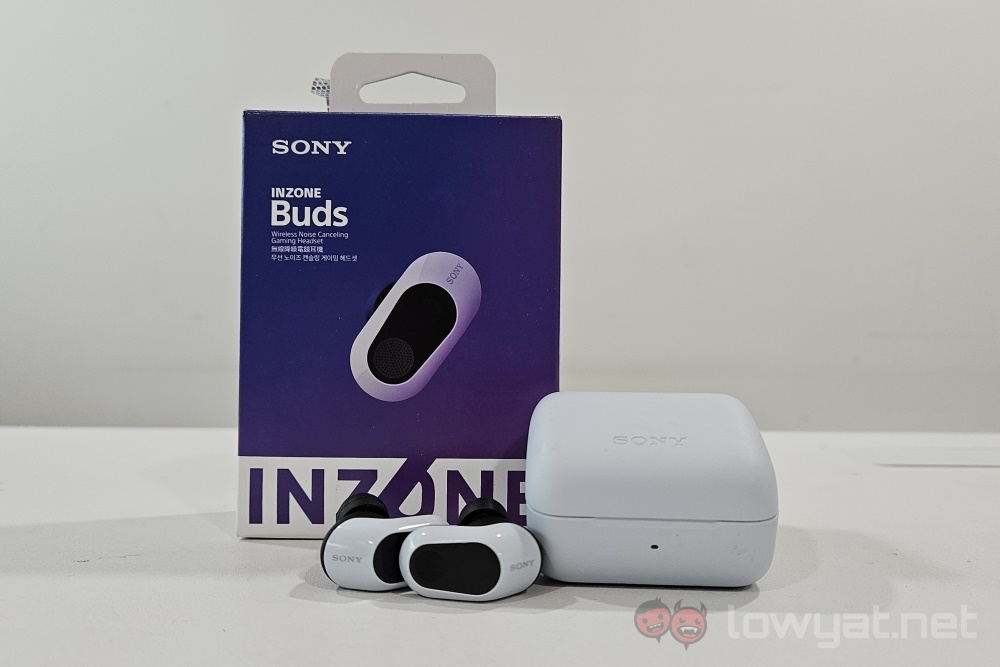
Which leaves us with the question that will determine if the Sony Inzone Buds are right for you: will you use it strictly for gaming? If the answer is yes, then these should work just fine. But if you also plan to use them as regular TWS buds, then the problem with the controls will definitely rear its ugly face frequently enough for it to get on your nerves.
It’s quite a shame really, as the Sony Inzone Buds has everything else going for it. And when it comes to gaming TWS buds, you’re not exactly spoilt for choice. So if you must have earbuds for your gaming needs, that would be the the question to answer.
The post Sony Inzone Buds Lightning Review: Strong Package Crippled By Controls appeared first on Lowyat.NET.
0 Commentaires